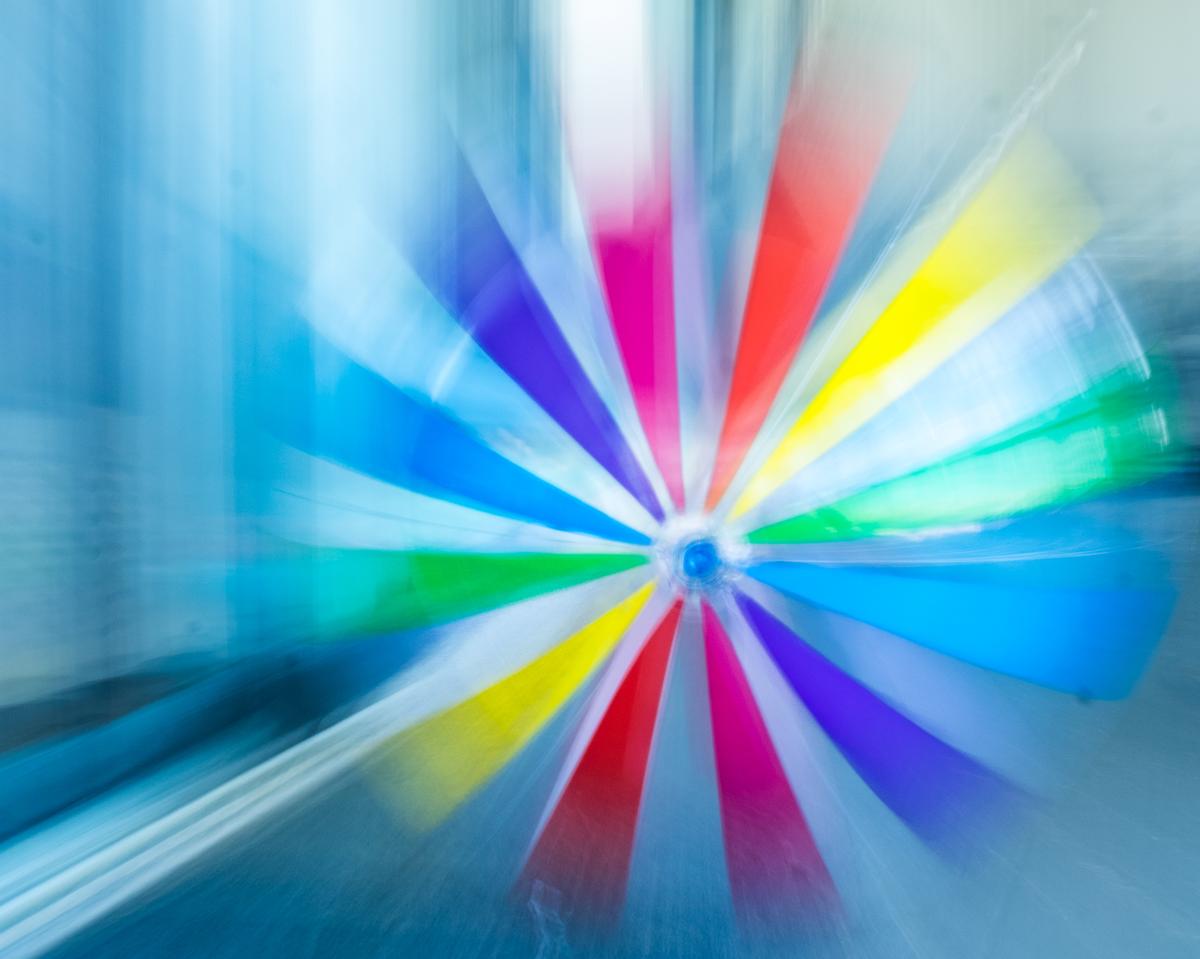The weekly Abstract and Experimental thread
This weekly thread, starting on a Tuesday, allows us to showcase our abstract and experimental photos and get some feedback.
Opening up discussions, not only on content, style, composition & techniques, but also on the creativity of the image.
It’s easy to participate
Post an image with a title and description. To make it easier to view in the forum, all comments should include the original title and at least one of the original images as a quote.
Thread Guidelines:
This weekly thread is for sharing and developing abstract and experimental photography skills.
We want to see wild, creative photography.
Give your entry a clear title and mention the technique used.
Provide constructive feedback on others’ images.
Try to go beyond simple praise or dismissal and explain why you like it, or what caught your eye.
”Likes” are encouraged too.
Negative feedback and suggestions are also OK (be polite, honest, and constructive).
Giving feedback is just as important as receiving feedback, both help to improve our artistic and technical skills.
What is an abstract or experimental photo?
Different ways to see and investigate the world around us. Abstract photography reduces a subject to shapes, tones or colors making it unrecognizable. Abstract subjects are everywhere.
Experimentation might include, Stereo/3D, Infrared, dragged shutter, zone plate, motion, fluorescence, multiple exposure, birefringence, ultra violet, optical including adapted lenses, tri color, fractals, manipulated Polaroids, pinhole, Kirlian (bioelectrography) and many other methods. Experimentation can be for artistic expression or pure science. It is often more difficult than standard types of photography. This is fine, we aren't expecting perfection. Every experiment enhances knowledge. Your idea can help others explore the universe around them. We love experimentation. You can explain your process or keep it a secret.
This will be a looser collection of photos compared to other weekly threads. This is good. It will be a place to get away from standard animals, babies & sunset photos. We don't hate animals, babies or sunsets. Show us your creative abstract and experimental images. Don't worry, if you are unsure, if the image fits the category. Just post it. This is supposed to be fun.
Thanks for looking and participating,
barondla





